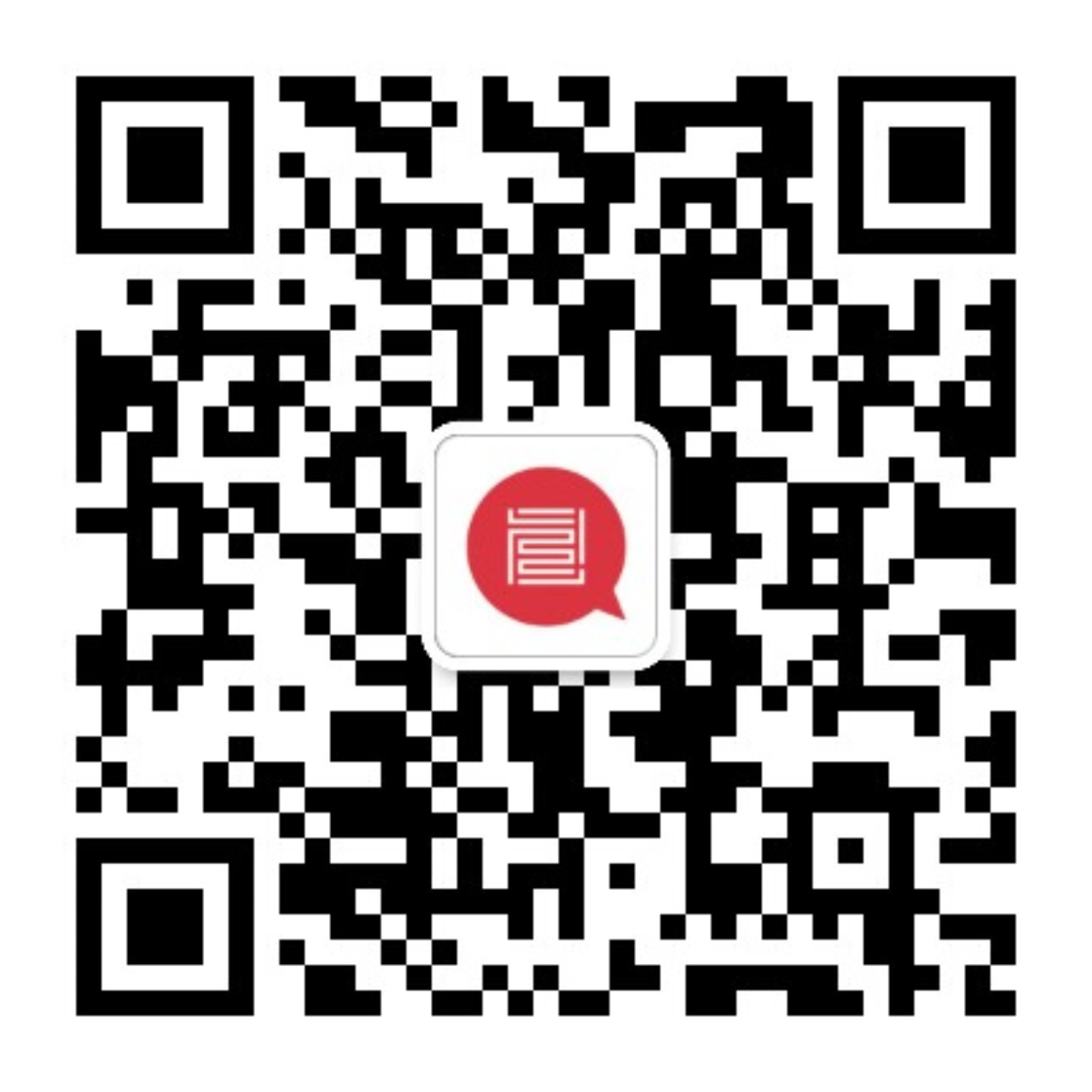
Please scroll down for English.

开幕式:2019年4月18日星期四 16:00
展览时间:2019年4月18日-8月4日
参展艺术家:
胡伟、贾淳、娄烨、吕智强、谭华牧、王一凡、“新历史小组”(任戬、周细平、梁小川、余虹、张三夕、祝锡琨、王玉北、赵冰、岛子、弓克、叶双贵、野牛、余佑斌、陈默)、杨雨澍、袁运生、曾宏、张晖、张淼、张玥、赵文量、赵银鸥
策展人:卢迎华
助理策展人:钱梦妮、孙杲睿、杨天歌
这个152字的题目来自现代诗人与文学评论家何其芳(1912—1977)的诗剧《快乐的人们》,写于1940年11月20日,收录于诗人的第二部诗集《夜歌》。诗人于1938年到达延安,在感受到自由、宽大和快活的空气后,书写了一系列“歌唱早晨,歌唱希望,歌唱属于未来的事物,歌唱正在生长的力量”的诗歌。诗人对于新生活的强烈感受是《夜歌》中所有诗歌共同的主题。
《快乐的人们》描述了一群年轻人在秋天的夜晚,在野外举行活动、交流理想的乌托邦式的场景,他们围着红色火堆,歌唱着,跳舞着。作品中塑造了众多形象,有的是群体形象,如所有的人,所有的女子,所有的男子;有的是个体的形象,如第一个男子,第二个女子,第五个女子等等,他们/她们/他/她外形模糊,主体色彩浓郁,各自代表着某种类型的人物。透过他们个人或集体的讲述,该诗剧控诉旧社会,展望新生活,歌颂民主与和平的新秩序,抒发对火热的集体生活的向往,是诗人在世界观与感情上发生了内在变化之后重新发现自己与发现生活的一次真诚的表达。
迈进“新时代”以来,新的历史情境给我们每一个人的生活带来重大的变化与剧烈的感受。对于变化的感知既是个人的,也是集体的。不管个体,还是群体,都有言说的冲动。不管身居阁楼还是置身于尘世之中,不管出走还是驻足,不管沉默还是喃喃自语,都是一种个体化的诉说、言说的方式。或者是说我们还需要再探索一些适应“新时代”的恰如其分的表达方式:用诗交际。
这一次,我们在何其芳的诗歌形式和意象语言中找到了一个适宜于传达思想与情感的言说方式。何其芳的诗歌十分讲究完整的形式,严格的韵律和浓郁的氛围。我们将诗剧中人物的独白、对白全部略去,仅仅保留了诗剧中对于人物的指称,保留了诗歌的轮廓和形状,并将其作为展览的完整题目。在展览中,艺术家们以作品言说,以作品作为略去的诗句的替身。尽管原诗剧通过人物的对白和独白展开了情节,创造性格形象,丰富情感的表达,抒发思想情感,但我们希望借用这些各有所指的人物指称,为我们自己以及观众打开一片广阔的联想空间。在这些人称中,个人既是单数的,也是复数的个体;而群体既是复数的,也是单数的群体,他们呈现的是“我们”的群像。
这个展览中出现的作品从多个角度描写了不同的人物角色,以及他们多种状态:动摇的、困惑的、游离的、分裂的、深思的、消极的、受困的、无所适从的、自我否定的、冲撞的、充满幻想的。其中没有直接涉及社会议题的,也没有直接对抗的角色。像诗剧中的不同人物/人群一样,艺术家的创作指代着多种处境、遭遇、立场、诉求、精神与内在的体验,力求刻画我们复杂深刻但无法被言说的多种现实与心境。正如瑞典作家斯特林堡在1888年出版的剧本《朱莉小姐》的序言中所写道的:“由于他们是现代的角色,生活在过渡的时代里,因此我把他们写成是分裂的、动摇的。他们是过去和现在的结合,书本和报纸的点滴,人性的残片,上等服装的破烂,拼凑在一起,就像在人的灵魂中一样。”
我们特别邀请了上海大学文化研究系副教授罗小茗为展览平行创作一篇名为《推理-世界/说明书》的文章,该文将发表在展览同名画册上。

Opening: 16:00, Thursday, April 18, 2019
Dates: April 18 – August 4, 2019
Participating Artists:
Hu Wei, Jia Chun, Lou Ye, Lyu Zhiqiang, Tan Huamu, Wang Yifan, New Historicism Group (Ren Jian, Zhou Xiping, Liang Xiaochuan, Yu Hong, Zhang Sanxi, Zhu Xikun, Wang Yubei, Zhao Bing, Dao Zi, Gong Ke, Ye Shuanggui, Ye Niu, Yu Youbin, Chen Mo), Yang Yushu, Yuan Yunsheng, Zeng Hong, Zhang Hui, Zhang Miao, Zhang Yue, Zhao Wenliang, Zhao Yin’ou
Curator: Carol Yinghua Lu
Assistant curators: Qian Mengni, Sun Gaorui, Yang Tiange
The 152-character exhibition title comes from the poetic drama, Happy People, written by the poet and literary critic He Qifang (1912-1977) on November 20, 1940, later published in his second collection of poems, The Night Song. In 1938, the poet arrived in Yan’an, the basis for the Chinese Communist Party from 1935 to 1947. Moved by the atmosphere of freedom, engagement and happiness, he wrote a series of poems to “sing for the morning, sing for hope, sing for those who belong to the future, and sing for the growing power.” The poet’s optimistic feelings about the unfolding of a new life run through all the poems in The Night Song.
Happy People depicts a utopian scene in an autumn night where a group of young people gather in the wild and talk about their ideals while singing and dancing around a bonfire. There are many figures in the poem, some appear as collectives, such as all people, all women, all men; some as individuals, such as the first man, the second woman, the fifth woman, etc. They/he/she all take on a non-distinctive identity but strong traits and personal experiences, with each representing a certain type of individual. Through their personal or collective remarks, the poem condemns the old regime, anticipates a new life, celebrates the new order of democracy and peace, and expresses a yearning for a passionate collective life. The poet sincerely expresses himself, after his world view and feelings change with his rediscoveries about himself as well as the life.
Since China entering the so-called “New Era”, the new historical conditions have brought about dramatic changes and intense feelings for each of us. We observe and absorb such changes on both personal and collective levels, and there is always an impulse to speak out. Whether one chooses to live beyond or within the mundane world, whether one gets away or stays on, whether one keeps silent or just mutters, they are all individual iterations of one’s relationship with the present. Or in other words, we need to explore certain appropriate expressions in adapting to the New Era: communication via poetry.
In He Qifang’s poetry and imagery, we have found a way to convey today’s ideas and emotions. In his poetry, he puts much emphasis on the perfection of the forms of poetry writing, the strictness of rhythm and the richness of feeling. We have taken away the monologues and dialogues in the original poem, Happy People, only retaining the references to the characters, the outline and shape of the poem. In the exhibition, the artists narrate the stories through their artworks, which replace the verses that have been omitted from He’s poetry. The original poem unfolds the plot through the dialogues and monologues of the characters, and presents figures of different characteristics with rich emotions and inspirational thoughts. By only referring to the varied characters in the poem as signifiers, we hope to open a vast space for ourselves and the audience to think further about the actual content to be voiced. As signifiers, the individual characters exist in both singular and plural forms; similarly, those groups of characters are both plural and singular ones. The entirety of all individual and collective characters conjures up a group image of “us”.
The artworks in this exhibition portray different characters and their states of mind from various perspectives: hesitant, confused, dissociative, schizophrenic, thoughtful, negative, trapped, disoriented, self-denying, clashing, or full of fantasy. There are no works directly related to social issues, and neither are there any confrontational figures. Like the different characters and groups of people in the poem, the artists’ works refer to a variety of situations, encounters, positions, demands, spirits and inner experiences, as they strive to portray multifaceted realities and moods that are complex, profound and indescribable. As the Swedish writer August Strindberg writes in the preface to the play Miss Julie (published in 1888), “As modern characters, living in an age of transition more urgently hysterical at any rate than the one that preceded it, I have depicted the figures in my play as more split and vacillating, a mixture of the old and the new, and it seems to me not improbable that modern ideas may also have permeated down by way of newspapers and kitchen talk to the level of the servants. That is why the valet belches forth certain modern ideas from within his inherited slave’s soul.”
We have also invited Associate Professor Luo Xiaoming from the Department of Cultural Studies at the Shanghai University to write an article in parallel with the exhibition, Inference-World/Instructions, which will be published in the exhibition catalogue.


已展示全部
更多功能等你开启...





 分享
分享